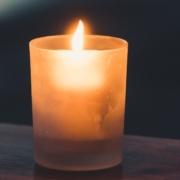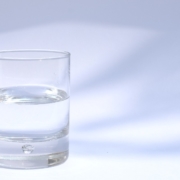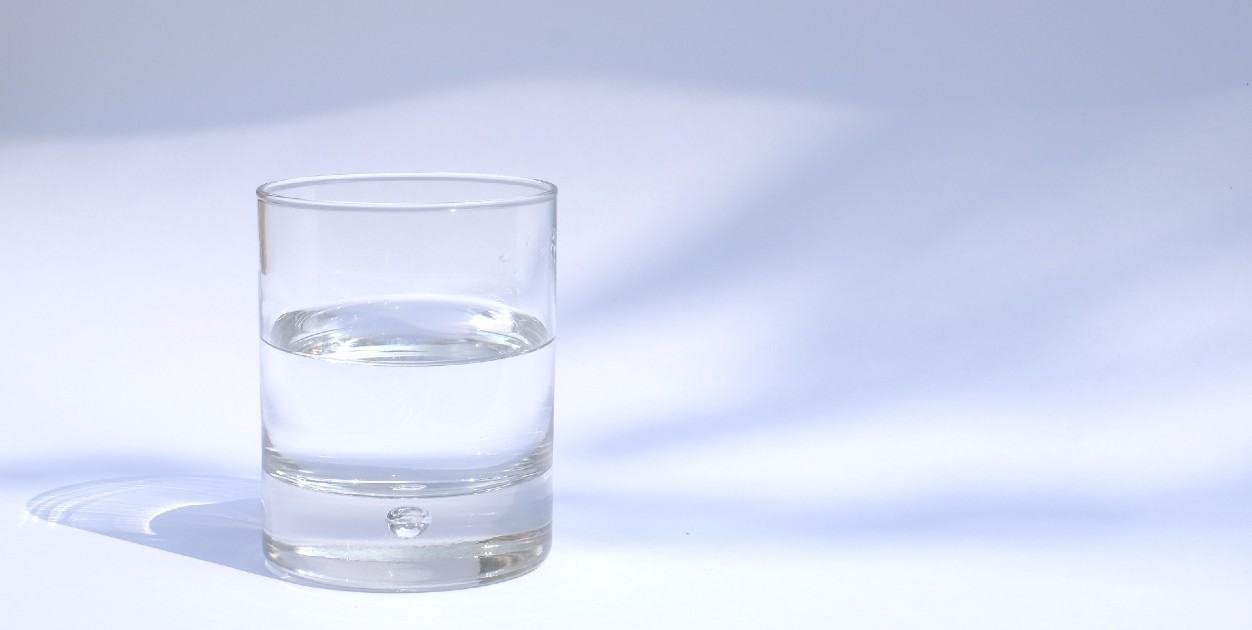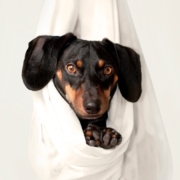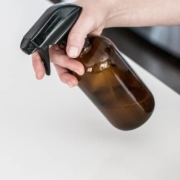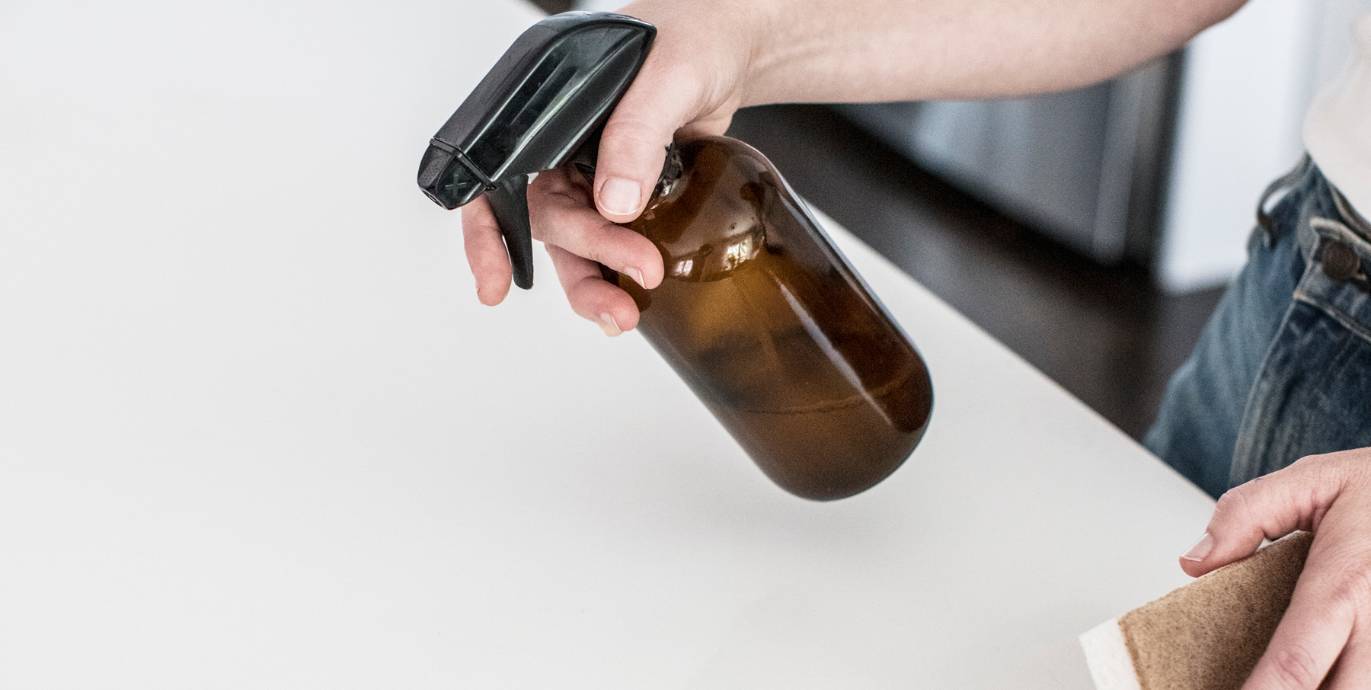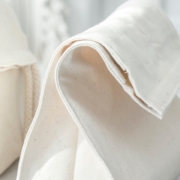Candles
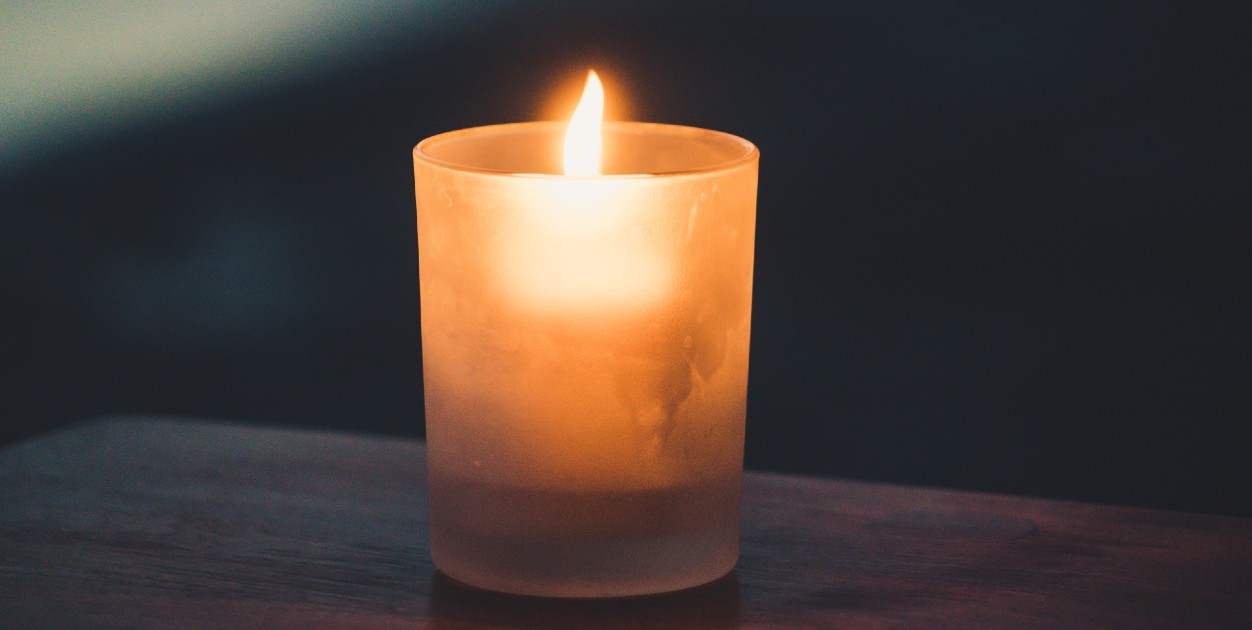
It’s that time of the year when we’re getting all cozied up, maybe lighting the fireplace, pouring a cup of tea and lighting our favorite candle… the smell of petroleum sludge is just the perfect scent for the holidays. Wait what? Before you strike that match, listen to this episode.
Episodes Mentioned
Listen to the FRAGRANCE episode here.
Sources
SUBSCRIBE
Subscribe on iTunes here.
Subscribe on Spotify here.
Subscribe on Google Podcasts here.
Transcript
It’s that time of the year when we’re getting all cozied up, maybe lighting the fireplace, pouring a cup of tea and lighting our favorite candle… the smell of petroleum sludge is just the perfect scent for the holidays. Wait what? Did I just say that out loud? Before you strike that match, listen to this episode.
I love a cinnamon scented candle just as much as the rest of ‘em. But according to the Environmental Protection Agency, paraffin wax candles are a leading cause of indoor air pollution. The majority of candles today are made from paraffin wax.
Paraffin wax is part of the organic material in the petroleum sludge left over from oil and gas production. The wax is treated, bleached and processed into a solid and used to make a variety of things, for both cosmetic and therapeutic uses.
The primary health issue with paraffin wax is when it’s scented and you burn it or melt it down, in the case of a candle.
The burning of a conventional candle creates highly toxic benzene and toluene, which are both known carcinogens. In fact, the toxins released from paraffin candles are the same as those found in diesel fuel fumes and are linked to asthma and lung cancer. Burning scented candles can also release volatile organic compounds like formaldehyde that may increase your cancer risk.
Researchers say that natural candle options release the least amount of potentially dangerous chemicals, but burning almost anything has the potential to release chemicals that may harm your health. Those natural candle waxes are coconut, beeswax and soy.
Of course, there isn’t any regulation or third-party monitoring system when it comes to candles so if you do use natural candles then you have to look closely at the label. Here are a few things to look for:
- First, you want the label to say 100% coconut or 100% beeswax to help ensure there aren’t any chemical additives or phthalates in the case of fragrances. I made this mistake last year when I bought a pine-scented soy candle. When writing this episode I looked back at the label and realized it said “soy blend.” I can most definitely assume it’s soy blended with paraffin.
- Look at the wick: Choose a 100% cotton wick or look for a wick made of wood, like cherrywood, that doesn’t create soot and residue inside the container or surrounding walls.
- Fragrance: I talked about fragrances in a previous episode so if you missed that one make sure to go review at cleanlivingpodcast./fragrance. In the case of candles, look for products that specify that they’ve used 100% naturally derived essential oils, are phthalate-free, or further explain the “fragrance” to be natural and nontoxic. Not just unscented.
Because of the soot and smoke that releases into your home when burning even a natural candle, and because of the hefty price tag that comes with natural candles, here are my suggestions for this episode’s “This for That” segment:
- Essential oil diffuser – this is what we use instead of candles and it creates a really nice atmosphere in our home in addition to the scent. You just have to be careful about which essential oils you’re sourcing (but I’ll save that for a different episode)
- Simmer spices – place spices such as cinnamon sticks, cloves and nutmeg in a pot of water and let it simmer on the stove. This is definitely the cheapest, easiest and healthiest way to create that holiday candle smell in your home.
I’m sure there are some of you thinking, candles?! Seriously, Shannon, you’ve gone too far. What’s the harm in burning a candle every once in a while? It’s not going to kill me.
And you would be right — if we were living back in the 1700s. Because here’s the truth, our modern-day world is a toxic one. It’s not about burning a candle once and it not killing you, it’s about the toxic load that our bodies are enduring every day. From the polluted air we breathe, to the polluted water we drink to the pesticides in our food to the toxins in our personal care products. Most doctors, herbalists, scientists, naturopaths will all agree that our rate of exposure to these toxins is more than our body is capable of detoxing on its own. That means these toxins are being stored in our fat cells, our livers, our kidneys and yes, our brains.
So, as with anything I mention in this podcast, it’s not about telling you not to do something. It’s about finding other alternatives that produce a similar result for you — without taking on that added toxic burden.
Because there’s almost always a healthier option.
Thanks so much for listening to this episode of The Clean Living Podcast — I’m your host Shannon Lohr. If you learned something today please share with a friend — maybe the person who you know loves her Yankee Candle collection. Here’s to creating a cleaner, more sustainable world for all of us.
